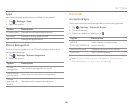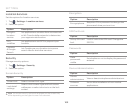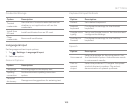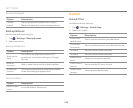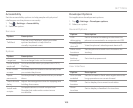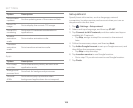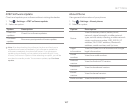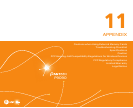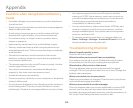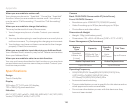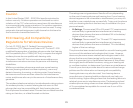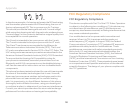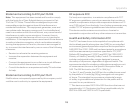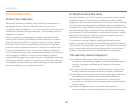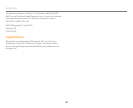
111
Appendix
Caution
In the United States, 5180 ~ 5240 MHz band is restricted to
indoor-use only. Outdoor operation on this band is a strict
violation of the FCC rules and can cause harmful interference
to commercial radar communications. For outdoor operation,
channels in 5180 ~ 5240 MHz band must not be used. If using
automatic channel assignment, add channels in this band to
the Automatic channel exclusion list.
FCC Hearing-Aid Compatibility
Regulations for Wireless Devices
On July 10, 2003, the U.S. Federal Communications
Commission (FCC) Report and Order in WT Docket 01-309
modified the exception of wireless phones under the Hearing
Aid Compatibility Act of 1988 (HAC Act) to require that digital
wireless phones be compatible with hearing-aids.
The intent of the HAC Act is to ensure reasonable access
to telecommunications services for persons with hearing
disabilities.
While some wireless phones are used near some hearing
devices (hearing aids and cochlear implants), users may
detect a buzzing, humming, or whining noise. Some hearing
devices are more immune than others to this interference
noise, and phones also vary in the amount of interference they
generate.
The wireless telephone industry has developed a rating system
for wireless phones, to assist hearing device users to find
phones that may be compatible with their hearing devices.
Not all phones have been rated. Phones that are rated have the
rating on their box, or a label located on the box.
The ratings are not guarantees. Results will vary depending
on the user’s hearing device and hearing loss. If your hearing
device happens to be vulnerable to interference, you may not
be able to use a rated phone successfully. Trying out the phone
with your hearing device is the best way to evaluate it for your
personal needs.
x M-Ratings: Phones rated M3 or M4 meet FCC requirements
and are likely to generate less interference to hearing
devices than phones that are not labeled. M4 is the better/
higher of the two ratings.
x T-Ratings: Phones rated T3 or T4 meet FCC requirements
and are likely to generate less interference to hearing
devices than phones that are not labeled. T4 is the better/
higher of the two ratings.
This phone has been tested and rated for use with hearing aids
for some of the wireless technologies that it uses. However,
there may be some newer wireless technologies used in this
phone that have not been tested yet for use with hearing
aids. It is important to try the different features of this phone
thoroughly and in different locations, using your hearing aid
or cochlear implant, to determine if you hear any interference.
Consult your service provider about its return and exchange
policies and for information on hearing aid compatibility.
Hearing devices may also be rated. Your hearing device
manufacturer or hearing health professional may help you
find this rating. Higher ratings mean that the hearing device is
relatively immune to interference noise. The hearing aid and
wireless phone rating values are then added together. A sum
of 5 is considered acceptable for normal use. A sum of 6 is
considered best.



